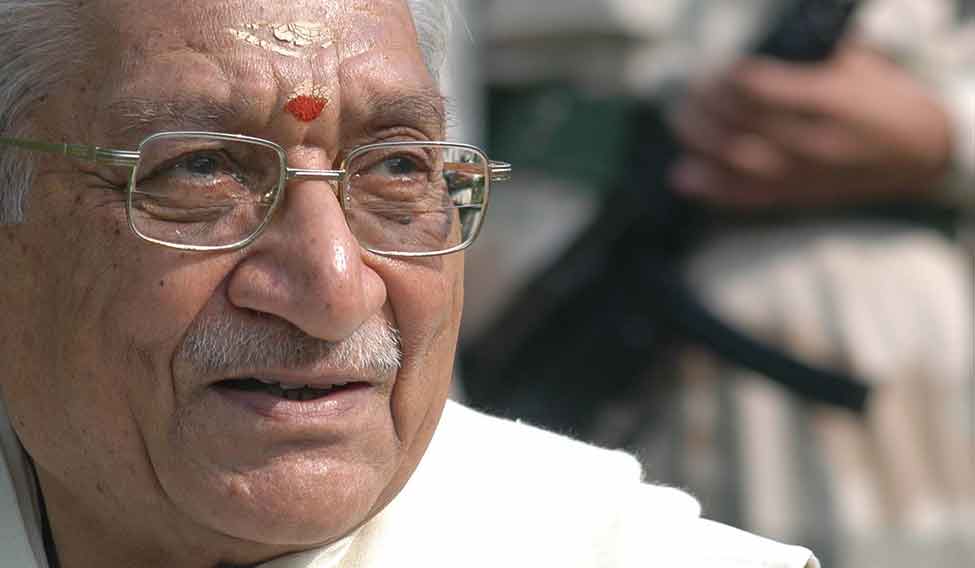Ayodhya was a dead town on October 29, 1990. Curfew had been clamped, all entry points sealed. The Vishwa Hindu Parishad had vowed to begin building a temple to Lord Rama the following day at the very site where the Babri Masjid stood.
The chief minister, Mulayam Singh Yadav, was equally vehement that no such activity would be allowed until the decades-old legal dispute over the ownership of the site had been resolved. The VHP exhorted all Rama lovers across the country to turn kar sevaks (volunteers) and converge on Ayodhya. The police stepped up vigil across Uttar Pradesh, especially around Ayodhya, arresting thousands. “Koi parinda bhi par nahi maar sakta [Not even a bird will be able to fly in Ayodhya on that day],” Yadav famously said.
Yet, early on the morning of October 30, the police found, to their utter consternation, that thousands of kar sevaks had somehow eluded all their barriers to gather on the banks of the Sarayu river that runs past the town. With planned precision, they moved into the roads and lanes, defying police lathis and tear gas.
Soon, some of the groups were at the barricades surrounding the Babri Masjid, trying to climb over. The police began firing, killing half a dozen people. The groups retreated. After three tense days of quiet, they mounted another assault on November 2, with similar results. The death toll this time was higher, around ten. Following negotiations, the kar seva was temporarily called off.
More than the demolition of the Babri Masjid two years later on December 6, 1992, this earlier assault was Ashok Singhal’s finest moment. During the demolition, he had a supportive BJP government ruling in Lucknow, which backed the VHP’s effort even as it pretended otherwise, along with an indifferent Centre.
But, in 1990, the VHP took on the full might of the state government and bested it, in a feat of strategic planning whose details have never been fully revealed. And, the mastermind was Singhal. He himself not only eluded arrest in the days before the assault, but also, amazingly, turned up in Ayodhya, leading the kar sevaks. Apocryphally, he got in wearing a top cop's uniform and travelling in a police car, saluted all the way but not once recognised.
Born into a prosperous family in Allahabad, Singhal studied engineering at Banaras Hindu University in the late 1940s. His brother B.P. Singhal joined the IPS and, after retirement as UP Police chief, entered the Rajya Sabha. But, Singhal chose to be a full-time RSS pracharak and remained unmarried. Appreciating his organisational skills, RSS leaders made him general secretary of the VHP in 1981.
The VHP was one of the many fringe organisations of the RSS when Singhal took over. Much of the credit for its subsequent rise should go to him. It rivalled the BJP in influence and media attention through the late 1980s and early 1990s. From 1991 to 2011, when failing health forced him to step down, he remained its “international working president”. But, unlike a number of his peers in the VHP who joined the BJP and pursued active political careers, Singhal confined himself to the VHP.
There is much about Singhal, and the Ayodhya movement, that deserved criticism. He was a divisive figure with a communal outlook, which he often publicly displayed, unhampered by the restraints political compulsions placed on his BJP colleagues. It was the Ayodhya movement which catapulted the BJP to the position of becoming an alternative to the Congress, and that this movement would not have scaled the heights it did, but for Ashok Singhal.






